Citroen has unveiled a radical new concept model that showcases a possible small electric family car from the brand.
The Oli acts as a bigger brother to the existing Ami, offering a range of 248 miles and seating for four.
Citroen said the new model shows how it will raise the stakes for future family mobility by re-thinking every detail to reduce resources and materials without compromising on quality or versatility.
The car is built from 100% recycled materials and was designed with weight saving in mind, maximising the available range from its 40kWh battery.
Citroën CEO, Vincent Cobée, explained: “A typical mid-70s family car weighed around 800kg and was 3.7 m long and 1.6m wide. Today’s equivalents have grown to more than 1200kg, at least 4.3 m long and 1.8m wide.
"Some even weigh more than 2500kg. Legal and safety requirements have driven some of this, but if the trend continues and we carry on parking these vehicles 95% of each day and driving 80% of journeys with a single occupant, the conflict between the need to protect our planet and the future promise of sustainable, electrified mobility will not easily be resolved.
“Citroën believes electrification should not mean extortion, and being eco-conscious should not be punitive by restricting our mobility or making vehicles less rewarding to live with. We need to reverse the trends by making them lighter and less expensive and find inventive ways to maximise usage.”
The seats, for example, are simply constructed and use 80% less parts than a traditional seat. They are made of recycled materials and use a ‘mesh’ backrest design to enhance the natural light inside the vehicle.
Citroen has also limited the top speed of the oli to 68mph to maximise efficiency, while rapid charging capability ensures a charge from 20% to 80% takes just 23 minutes.
By supporting smart ‘Vehicle to Grid’ (V2G) capability, the potential exists for a vehicle like the Oli to make money for its owner by storing excess energy from home solar panels, and selling this back to energy suppliers, as well as helping to manage power issues when there is peak demand or a power outage in the grid.
The Oli also incorporates a ‘Vehicle to Load’ (V2L) capability. Considering its 40kWh battery and a power socket output of 3.6kW (the equivalent of a 230v 16amp domestic socket), the car can theoretically provide power to a 3,000w electric device for around 12 hours.
The car’s footprint is similar to a compact SUV at 4.20m long, 1.65m high and 1.90m wide.
Load carrying versatility is not compromised either, as roof rails each side of the roof panel allow owners to attach accessories like bicycle racks and roof boxes for family vacations, while below the bonnet panel are neatly detailed storage areas including compartments for charging cables plus personal and emergency items.
> Interested in comparing electric vehicle data? Check out our EV tool.
> Interested in ensuring the efficient use of EVs. Check out our dedicated editorial sections: Insight & policy | EV news | Charging & infrastructure | Costs & incentives | Benefit-in-kind | EV case studies | EV road tests



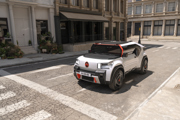
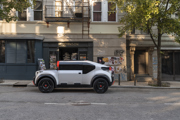
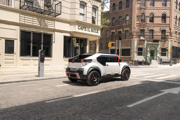
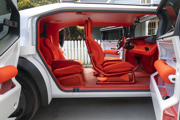
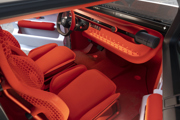


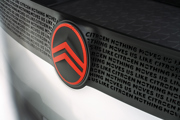



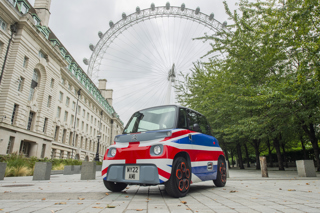
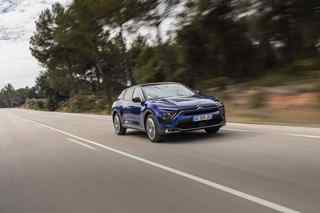


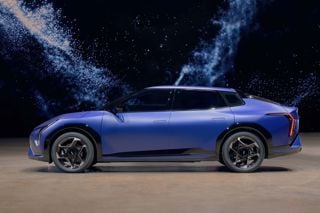











Login to comment
Comments
No comments have been made yet.